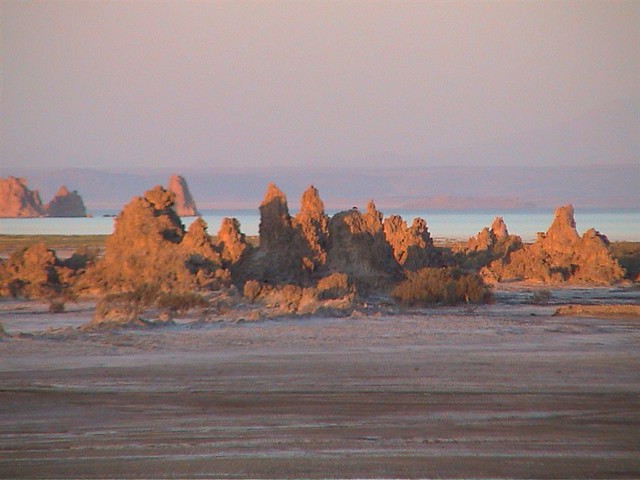The silk route cities of Samarkand, Bukhara and Khiva. Alexander the Great's Óxus
river and the Aral Sea.
Russian anthropologist Mikhail Gerasimov ignored the legend that
disaster would befall anyone who disturbed the tomb of Timur the Lame ( Tamerlane
) in the Registan of Samarkand. The day was 22nd June 1941 and within minutes news was heard Germany had invaded
Russia. Two years later within weeks of being reburied the Germans surrendered at Stalingrad.
For the Great Game, the British Officers Stoddart and Conolly were
thrown into a verminous pit by the Emir of Bukhara and eventually beheaded
outside of the Ark or Citadel. The pit is still there.
The Metro in Tashkent, built after the great
earthquake of 1966 is a work of art in itself and the Opera house build by prisoners of war … the sense of history is everywhere.
Samarkand is now an industrial town but to visit the Registan is one of life's great experiences as are the
remains of Ulug Bek's observatory high above the town. His observations placed him in the same league as Copernicus. Like Galileo he eventually fell foul of religious orthodoxy and the observatory was torn down by religious fanatics. Its re discovery in 1909 is considered one of the major discoveries of the 20th Century.
| The Registan, Samarkand. |
Bukhara remains my favourite in Uzbekistan. It's a magical place. The Ark and the timeless pool of Lyab-i-Khauz . The Kaylan minaret was spared from destruction by Genghis Khan, who found it a convenient height from which to fling the vanquished to their deaths. Thereafter it became known as the Tower of Death.
I was fortunate to travel across Uzbekistan in the early 1990's as an old world order was evaporating, and a new direction for the County had yet to be determined.
| The Kaylan minaret |
I was fortunate to travel across Uzbekistan in the early 1990's as an old world order was evaporating, and a new direction for the County had yet to be determined.

